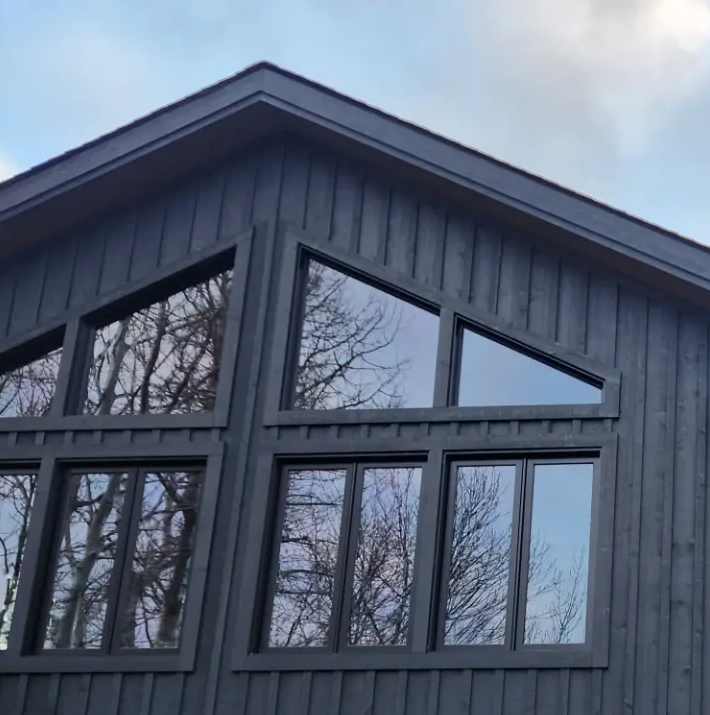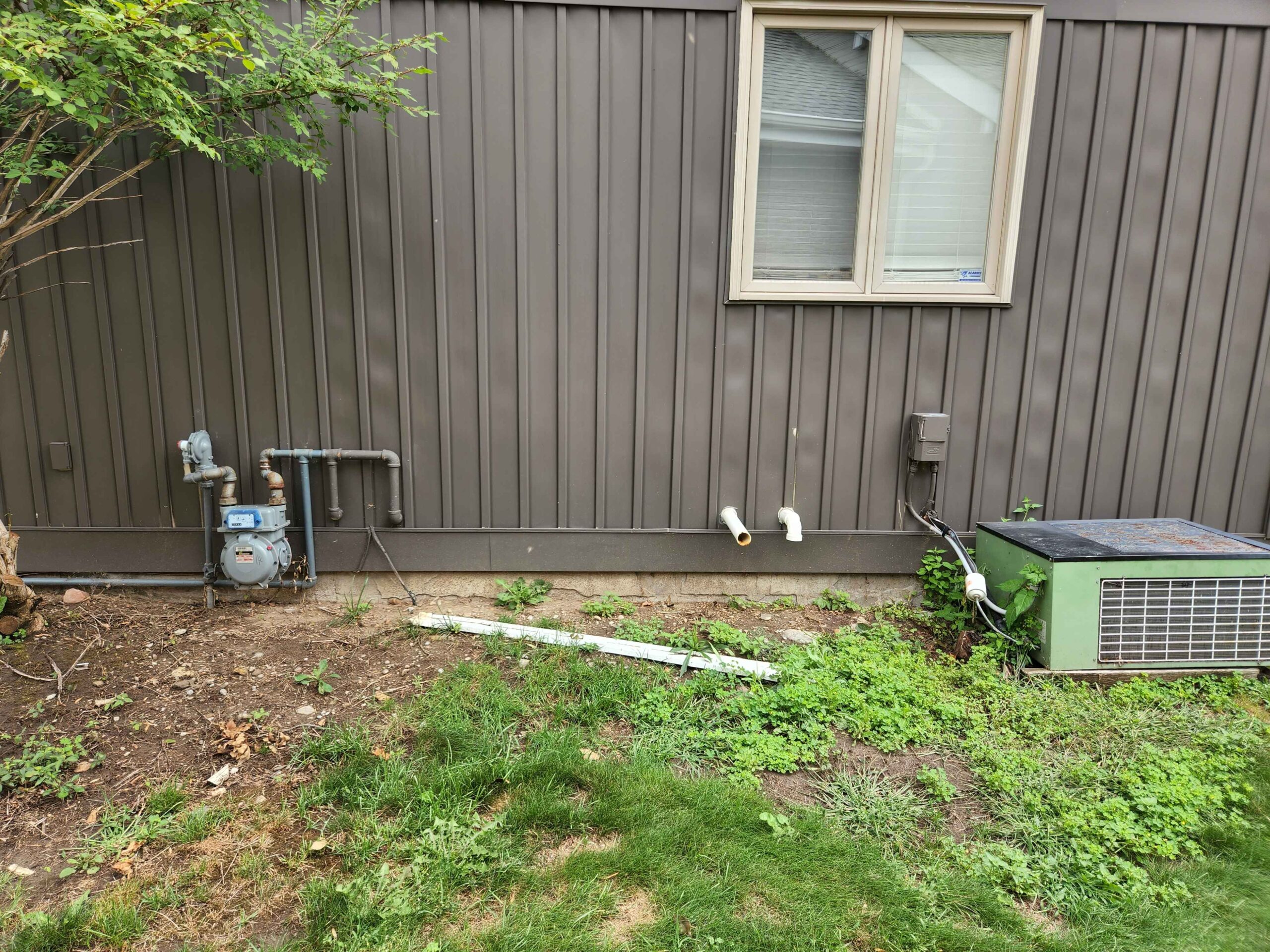Have you ever noticed water droplets forming on your windows, even when it’s not raining outside? This phenomenon is known as window sweat or condensation, and it can be a frustrating and potentially damaging issue for homeowners. Not only can it obstruct your view of the outside world, but it can also lead to mold growth and damage to your window frames and sills. In this article, we’ll explore some of the causes of window sweat and provide tips on how to prevent it from occurring in your home.
What Causes Window Sweat?
Window sweat occurs when warm, moist air inside your home comes into contact with the cooler surface of your windows. As the air cools, it loses its ability to hold moisture, causing water droplets to form on the window surface. This is the same phenomenon that occurs when you take a cold drink out of the refrigerator on a hot day – the cold surface causes moisture to condense on the outside of the glass.
There are a few factors that can contribute to window sweat, including:
- Poor ventilation: If your home is not properly ventilated, moisture from everyday activities like cooking, showering, and doing laundry can become trapped inside, leading to high levels of humidity and window sweat.
- Inefficient windows: Older or poorly insulated windows are more likely to allow heat to escape, which can lead to cooler glass surfaces and increased condensation.
- Extreme temperature fluctuations: Rapid changes in temperature, such as turning up the heat on a cold day or opening windows on a warm day, can cause moisture to condense on your windows.
.

Preventing Window Sweat
Fortunately, there are several steps you can take to prevent window sweat from occurring in your home:
- Increase ventilation: Improving the ventilation in your home can help to reduce humidity levels and prevent moisture from becoming trapped. You can do this by opening windows, running exhaust fans in bathrooms and kitchens, or installing a whole-house ventilation system.
- Use a dehumidifier: A dehumidifier can help to reduce the overall humidity levels in your home, making it less likely that moisture will condense on your windows.
- Install weatherstripping: Adding weatherstripping around your windows can help to improve insulation and reduce the amount of heat that escapes, which can lead to warmer glass surfaces and less condensation.
- Invest in insulated windows: If your windows are old or inefficient, consider upgrading to newer, insulated windows that will help to keep your home warm and dry.
- Use window treatments: Hanging curtains or blinds can help to insulate your windows and reduce heat loss, which can help to prevent window sweat.
In Conclusion
Window sweat can be a frustrating issue for homeowners, but it’s not an inevitable part of owning a home. By taking steps to improve ventilation, insulation, and overall humidity levels, you can prevent moisture from condensing on your windows and keep your home warm and dry. If you’re still struggling with window sweat despite your best efforts, it may be worth consulting with Lighthouse Exterior Finishes to determine if there are underlying issues with your home’s ventilation, window replacement, or insulation that need to be addressed.




